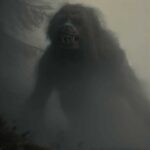The Cadborosaurus, also known as Caddy, is a sea serpent that is said to live in the coastal waters of British Columbia and Washington State in North America. Caddy is named after Cadboro Bay in Victoria where it was first seen in the mid-1800s.
| Cryptid Name: | Cadborosaurus / Caddy |
| Location: | Coastal waters of British Columbia and Washington State in North America.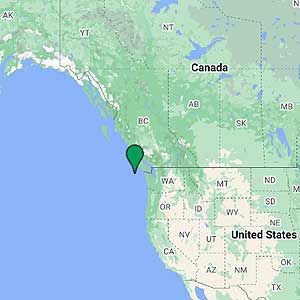 |
| Category: | Aquatic Cryptid |
| Description: | Sea serpent with a long neck, reptilian or fish-like head that is dark green to black in color. |
| Size: | Lengths of between 20 to 70 feet / 6 to 21 meters or more. |
| Behavior/Characteristics: | Elusive. |
| Diet: | Unknown, as there is no confirmed scientific data. |
| Habitat/Environment: | Coastal waters of the Pacific Northwest. |
| Evidence: | Over 300 reported sightings, but no scientific evidence. No conclusive physical or photographic evidence. |
| Sightings and Encounters: | First sighted in Cadboro Bay in Victoria, British Columbia, in 1933. There have been over 300 reported sightings over the years. |
| Skepticism/Explanations: | Some scientists believe that the Cadborosaurus may be a misidentified known marine animal, such as a basilosaurus whale or a giant oarfish. Others believe that it may be a new and undiscovered species. |
What Does Caddy The Cadborosaurus Look Like?
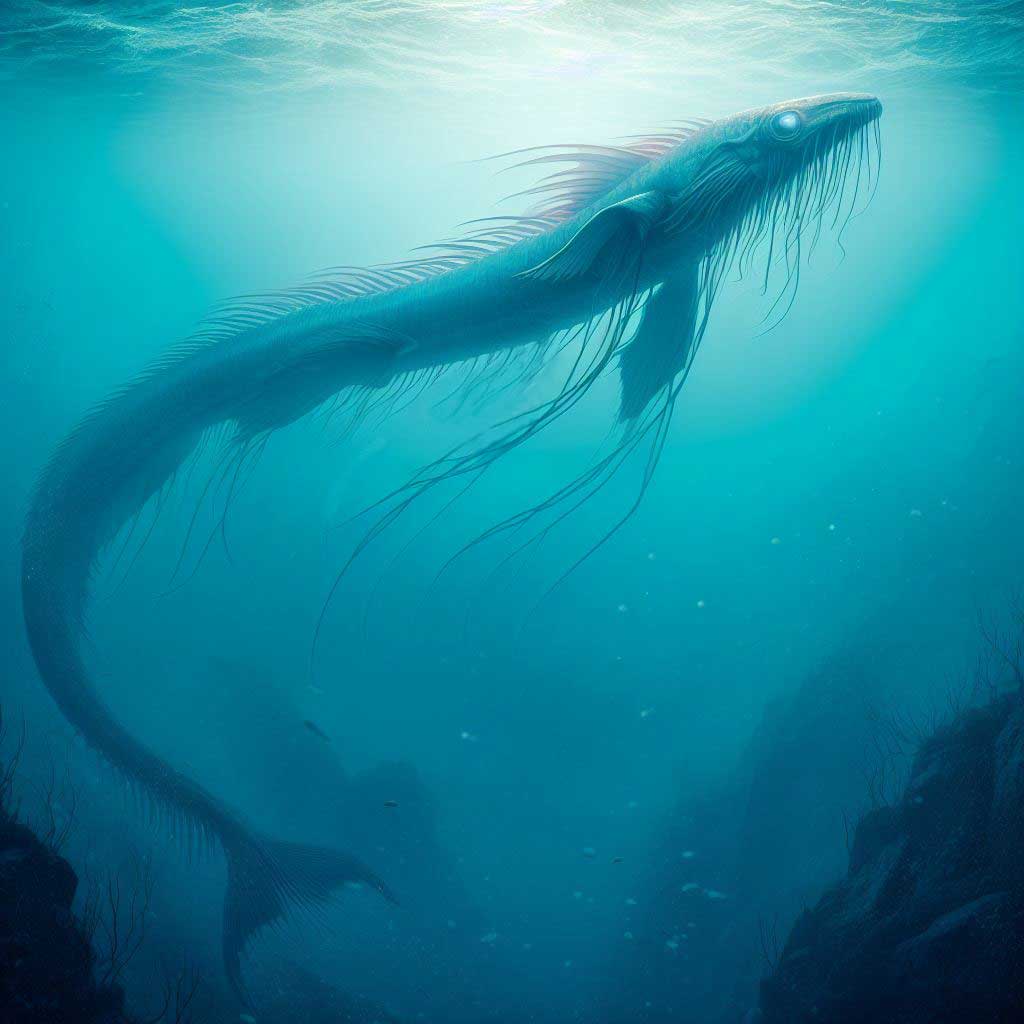
The Cadborosaurus is said to have a long, serpent-like neck that protrudes from the water with some people saying it has a series of humps along its back which are sometimes visible above the water’s surface.
Similar to the Tizheruk, eyewitnesses describe it as having a head that looks reptilian or horse-like with a rounded snout, big eyes, and a “mane” or scales that run down its back. It is dark in color and some say it can read lengths of 70 feet / 21 meters or more.
Cadborosaurus Sightings
The first official sightings of Caddie began in the mid-1800s when witnesses started reporting a massive sea monster in the coastal waters of British Columbia and Washington.
In 1933, an editor for the Victoria Daily Times by the name of Archie Wills began investigating the sightings. Interestingly, 1933 was the same year as the Loch Ness Monster started gaining a lot of attention.
The sea monster was given the name “Cadborosaurus” or nicknamed Caddy by an unknown man in a letter to Wills but it never was confirmed who the man was, nevertheless the name stuck.
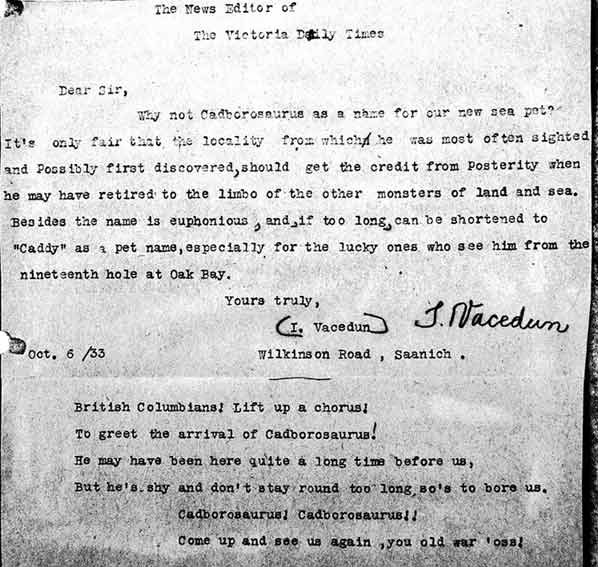
Source: cadborosaurus.ca
Cadborosaurus Carcass
In 1937, a strange carcass was discovered in the stomach of a sperm whale. It was named the Naden carcass because it was found at the Naden Harbour. Witnesses described the carcass as being in good condition with little damage. They said that it had a reptilian appearance, about 10 feet long with a head similar to that of a horse or camel which can be seen in the picture below.
The carcass was shown to the public in Bellevue, Washington, and then sent to Victoria where the museum director dismissed it as the remains of a whale and unfortunately discarded it.
There are only a couple of pictures of the carcass that remain with this one being the most clear.

Source: cadborosaurus.ca
Modern Sightings
While there have been many sightings over the years with the descriptions of Caddy remaining consistent in most eyewitness accounts, there haven’t been any good-quality photos or videos taken of the sea serpent. However, I did manage to find the following video which was filmed in 2009 supposedly showing the Cadborsaurus moving through the water.
Possible Explanations
There are many people who believe that Caddy is a real creature that is yet to be confirmed by science. However, there are skeptics who believe that sightings are simply misidentifications of known animals. One suggestion is that the Cadoborosaurus could be a Giant Oarfish.
The Giant Oarfish (Regalecus glesne) is a very elusive deep-sea fish that is said to be the longest bony fish in the world reaching lengths of between 10 to 36 feet / 3 to 11 meters.
It is usually only found at depths of about 660 to 3,300 feet / 200 to 1,000 meters so it is not a fish that people would ordinarily see. They are solitary creatures and aren’t that well documented. Because they are rarely seen alive near the ocean’s surface, a lot of legends and myths have been built around them associating them with sea serpents and ocean monsters.
In 1996 a photograph was taken of a Giant Oarfish that was found near San Diego, California which was 23 feet / 7 meters long and weighed about 300lb / 140kg.
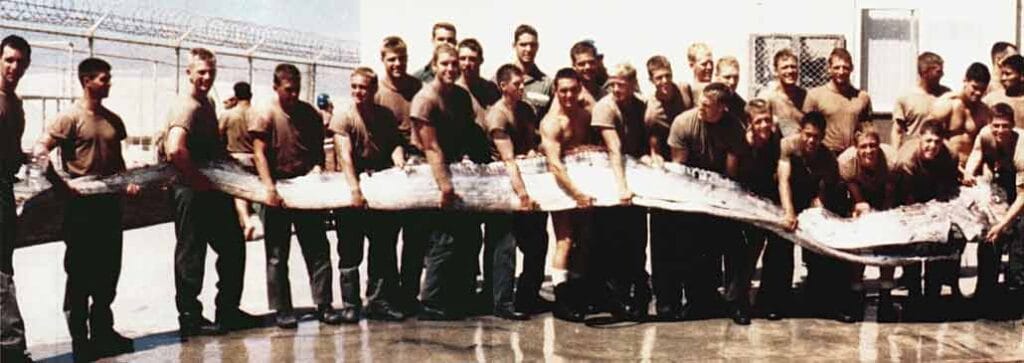
Source: Wm. Leo Smith

